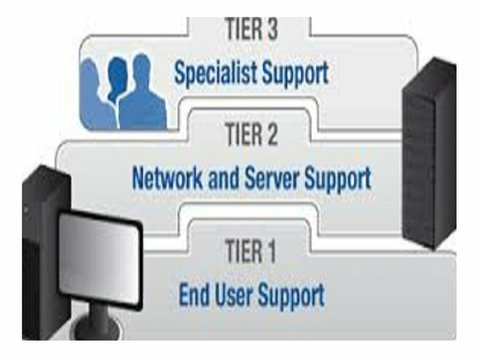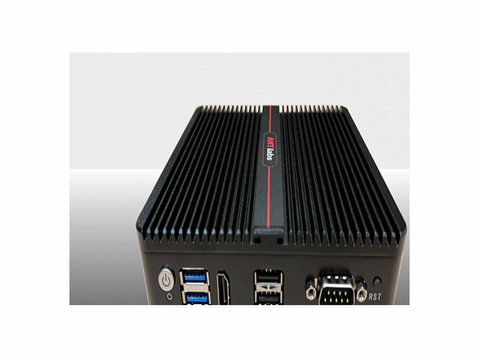פורסם ב: מחשבים/אינטרנט ב- ארצות הברית | פורסם: |
In a fast-paced world where time is money, optimizing productivity is key to staying ahead in business. Workflow automation has emerged as a game-changer, enabling organizations to streamline processes, eliminate manual tasks, and boost overall efficiency. Let’s dive into real-world examples to understand how different sectors can harness the power of automation.
1. Education Sector
Imagine a bustling school or institution with hundreds of students, teachers, and administrative tasks. Automation can revolutionize the way these institutions operate. From automating student enrollment processes and grading systems to scheduling parent-teacher meetings, and sending report cards, and holiday reminders to students and staff automation saves time and reduces errors. For instance, a school using automated attendance tracking systems can instantly identify and address attendance issues, improving overall student engagement and academic performance.
2. Real Estate and Insurance
Small real estate firms or insurance brokerages handle a multitude of tasks daily, from client communications to policy management. Automation can significantly increase their efficiency by automating lead generation, client onboarding, and document management processes. For example, using automated email campaigns can nurture leads, while automated document signing platforms streamline policy issuance, enhancing client satisfaction and business growth.
3. Service Providers
Service providers, for example, industry machinery suppliers can keep track of AMC’s expiring, annual or periodical services due dates, and parts consumed in the last service. Automation systems can notify the service provider well in time along with parts that need to be replaced as per past service history. This leads to improved client satisfaction and increased profitability.
4. Healthcare Industry
In the healthcare sector, automation plays a crucial role in enhancing patient care, optimizing administrative tasks, and ensuring compliance. Electronic health record (EHR) systems automate patient data management, appointment scheduling, and billing processes, reducing administrative burden and minimizing errors. Automated appointment reminders also improve patient engagement and reduce no-show rates, leading to better healthcare outcomes.
Contact this advertiser






